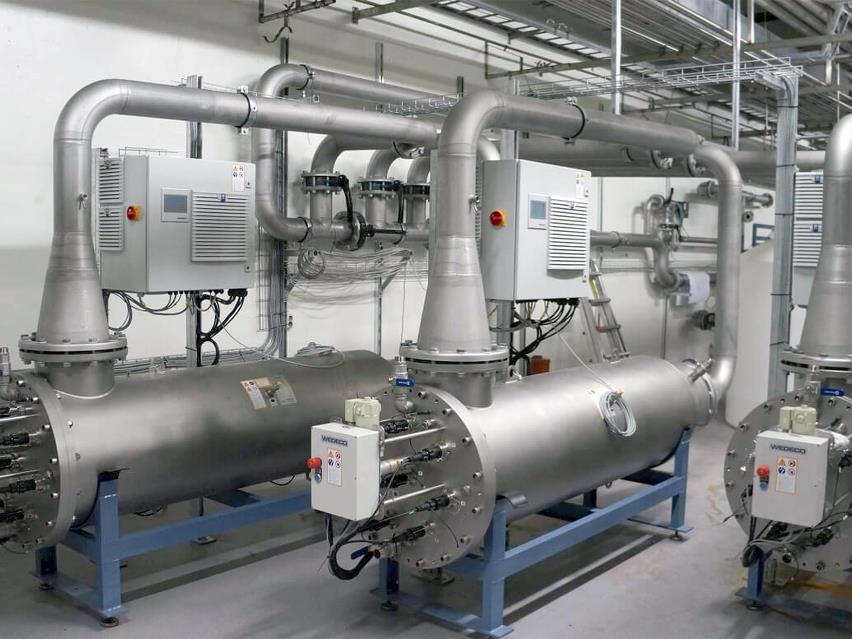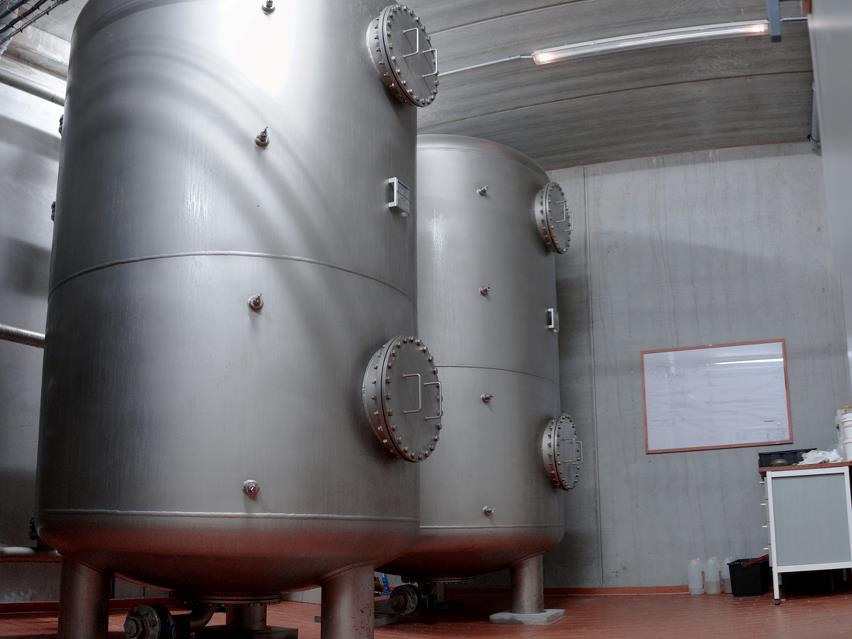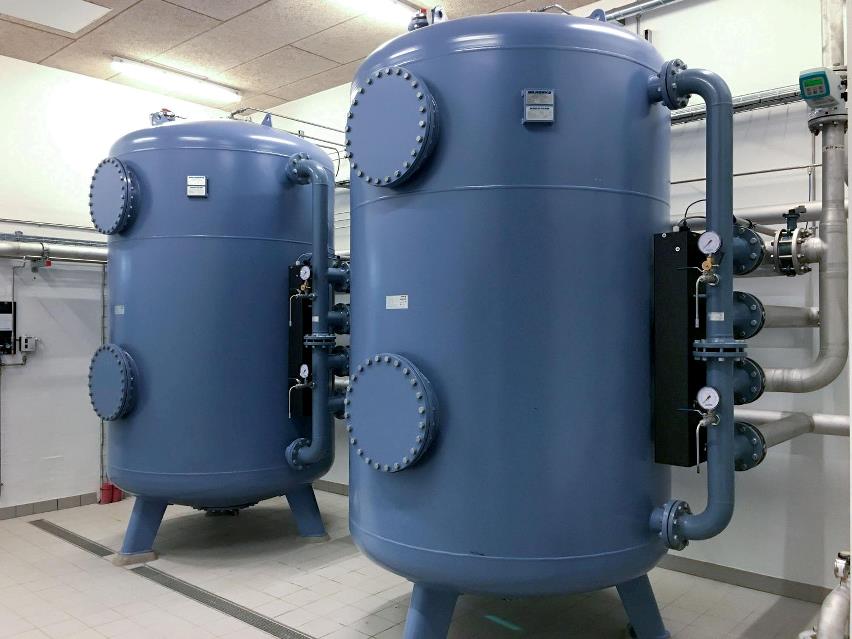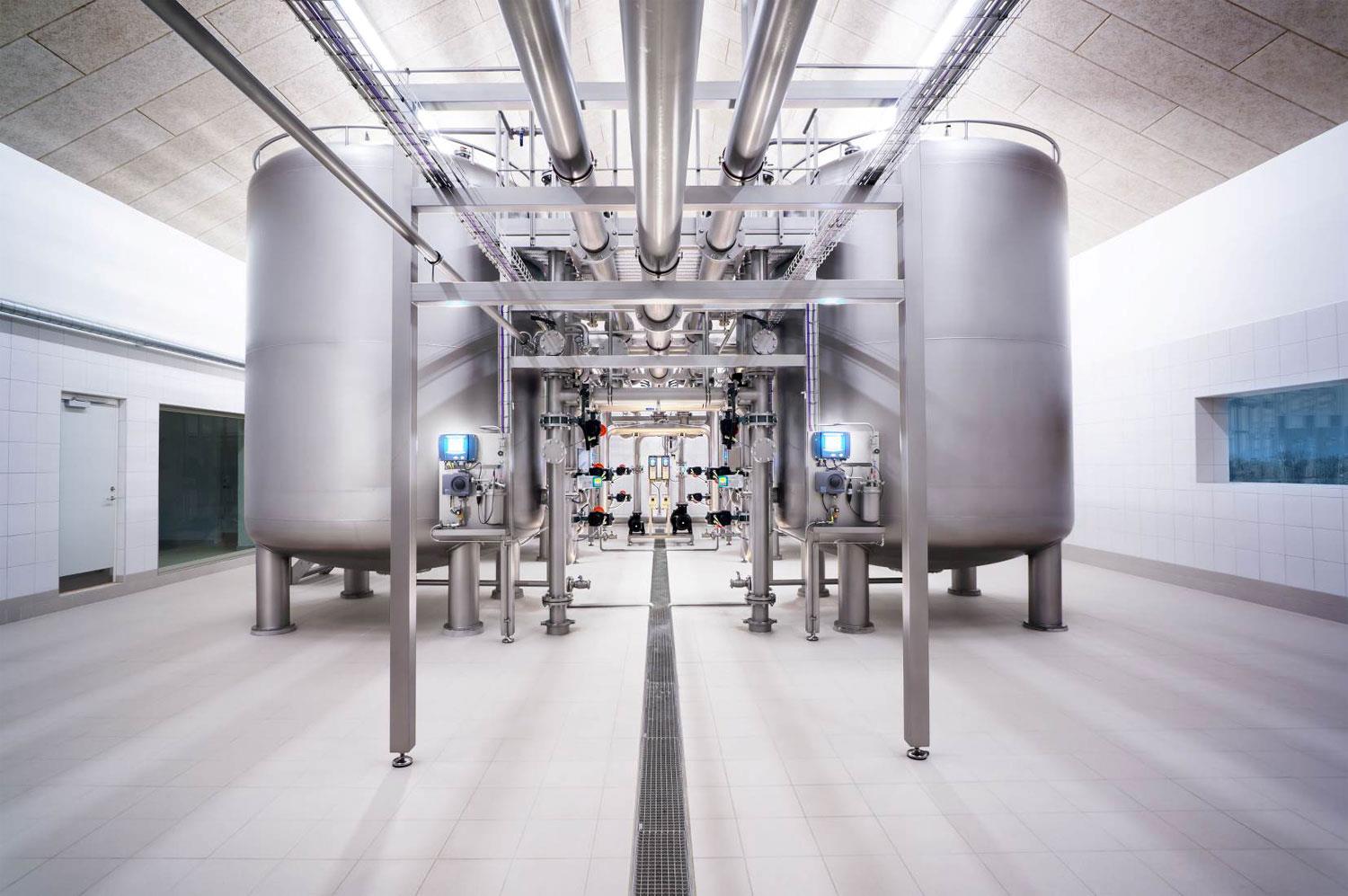EUROWATER heeft jarenlange ervaring met drinkwaterproductie. We zijn tot het uiterste gegaan en hebben ons aangepast aan wetswijzigingen en eisen van onze klanten - en dat doen we al sinds 1936. Onze knowhow omvat zowel particuliere watervoorziening, gemeentelijke drinkwaterbedrijven als industrieën met hun eigen watervoorziening.
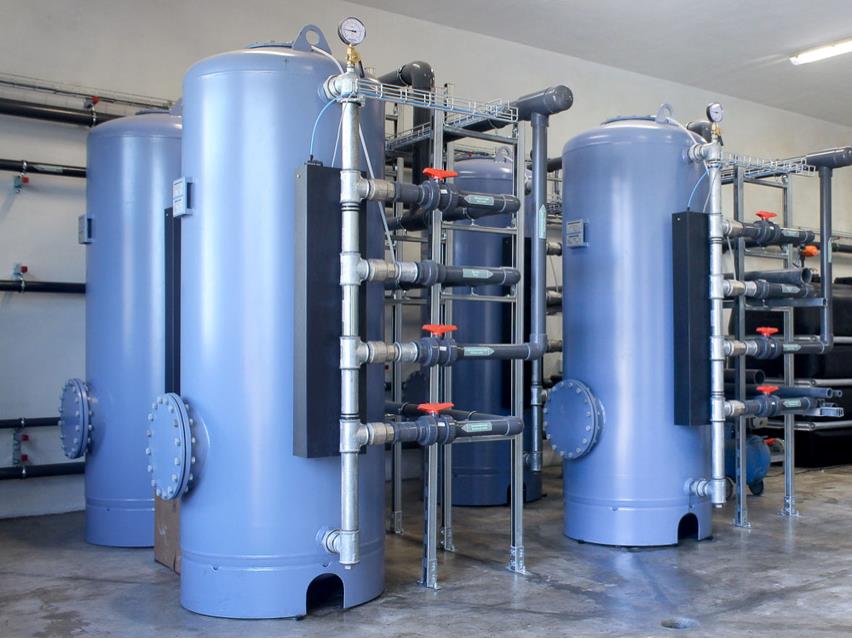
Privé watervoorziening
Er zijn veel boerderijen en huizen zo gelegen dat aansluiting op een gemeentelijk drinkwaterbedrijf ongeschikt is. Een eigen waterzuiveringsoplossing is daarom noodzakelijk om drinkwaterkwaliteit te bereiken en waarborgen.
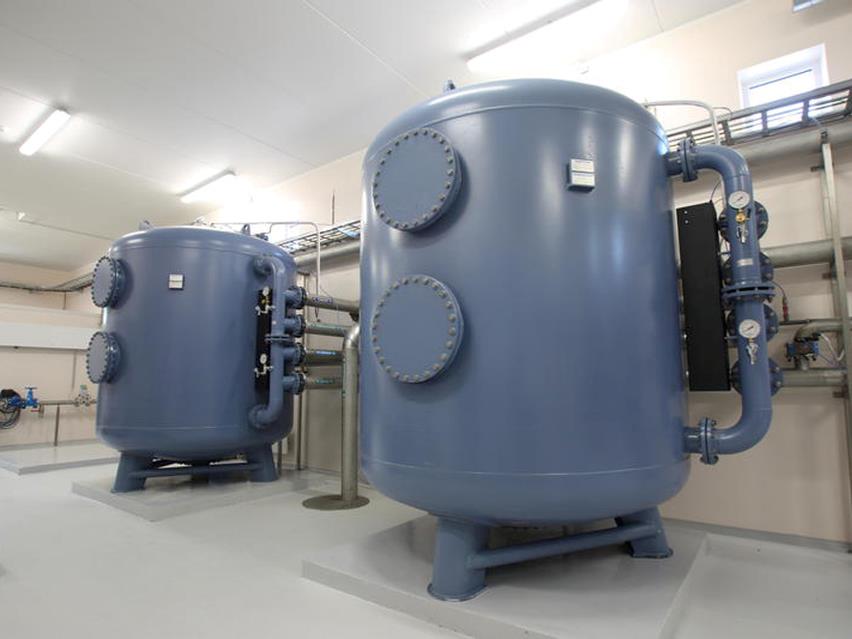
Drinkwaterbedrijven
Een complete waterbehandelingsoplossing van Eurowater is chemicaliën-vrij, eenvoudig te bedienen en zorgt 24/7/365 voor zuiver drinkwater. Laat u verder informeren over een complete drinkwateroplossing.
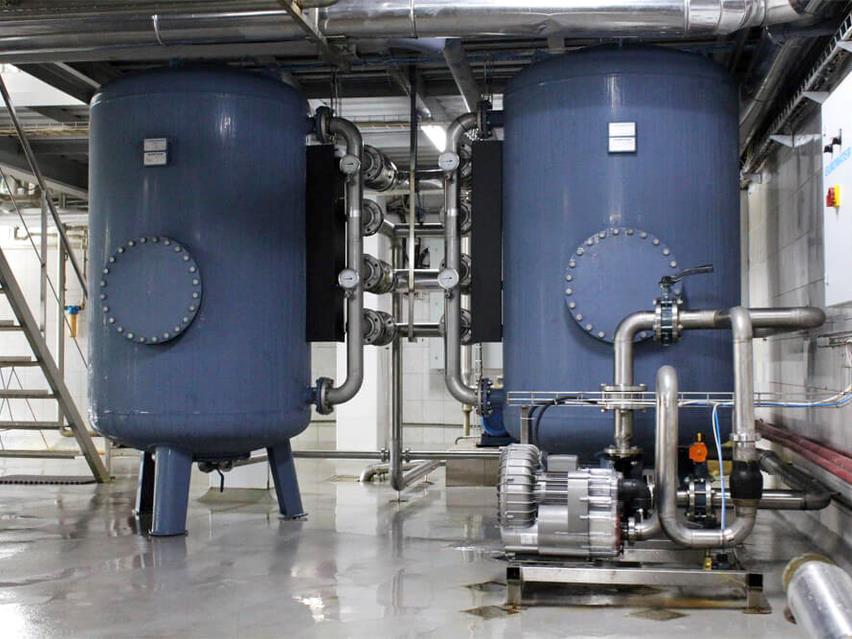
Bedrijven met eigen watervoorziening
Veel bedrijven richten tegenwoordig hun eigen minuscule water productie op om de juiste hoeveelheid behandeld water te waarborgen die nodig is om bedrijfszekerheid te garanderen.
Het belang van waterbehandeling
Zowel grondwater als oppervlaktewater bevatten verschillende natuurlijke zouten, organische stoffen, deeltjes en gassen. Ze kunnen de oorzaak zijn van onder meer kleur, vieze smaak, bacteriën in het water en corrosie in leidingen en installaties. EUROWATER heeft jarenlange ervaring met het verwijderen van onzuiverenheden uit water.
Bekijk hieronder de specifieke behandelingsmethode per onzuiverheid
Agressieve kooldioxideadd
Casus
Agressieve kooldioxide veroorzaakt corrosie op beton, leidingsystemen en warmwateropslagplaatsen in zwart staal. De corrosieproducten maken het water onduidelijk en kleuren het rood met corrosie en oker.
De kooldioxide is vaak aanwezig in ongezuiverd water in gebieden met ontkalkte aardlagen. Door het gebrek aan calcium is er geen neutralisatie van de kooldioxide.
Oplossing
Agressieve kooldioxide kan in een drukfilterinstallatie worden geneutraliseerd door middel van een op calcium gebaseerd filtermateriaal genaamd Magno-Dol. In speciale gevallen kan agressieve kooldioxide worden ontgast door zware beluchting.
Ammoniumadd
Casus
Ammonium kan een teken zijn van microbacteriologische activiteit in het water en kan het gevolg zijn van bevruchting, vervuiling of het kan geologisch worden geconditioneerd.
Oplossing
Ammonium kan worden gereduceerd door een biologisch proces, waarbij ammonium via nitriet wordt omgezet in nitraat.
Het proces vraagt om een grote zuurstofbehoefte en voldoende filtermateriaal bestaande uit kwartszand of een poreus filtermateriaal op calciumbasis.
Arseenadd
Casus
Arseen is een natuurlijk element en gerelateerd aan bepaalde geochemische omgevingen. Arseen wordt in twee vormen aangetroffen, As (III) en As (V), waarvan As (III) giftiger, moeilijker te verwijderen uit het water en wijdverspreider is.
De WHO heeft vastgesteld dat arseen bij consumptie een gezondheidsrisico vormt en wordt verondersteld de oorzaak te zijn van onder meer huidkanker.
De toegenomen overheidseisen (verlaging van de grenswaarde van 50 naar 5 µg/l bij het verlaten van de waterleiding) hebben gevolgen voor veel watervoorzieningen waarvoor een speciale waterbehandeling nodig zal zijn om de kwaliteit te behouden
voorwaarden.
Mogelijke oplossingen
Als de grenswaarde voor arseen in het drinkwater wordt overschreden, is het optimaliseren van de waterbehandeling een verstandige en goedkope oplossing. Arseen hecht aan ijzer en wordt met ijzer afgefiltreerd. Op plaatsen waar voor dit proces onvoldoende ijzer in het ongezuiverde water aanwezig is, kan het ijzergehalte van het water worden verhoogd door ijzerchloride of ijzersulfaat toe te voegen en ijzeroxidegranulaten als filtermateriaal te gebruiken.
Dit is een goedkope oplossing voor het arseenprobleem en de methode wordt gebruikt bij kleine overschrijdingen van het toegestane arseengehalte. Dit vraagt echter om voldoende filtercapaciteit voor dit extra ijzergehalte.
Als alternatief kan arseen worden verminderd door adsorptiefiltratie in een drukfilter met een speciaal filtermateriaal op basis van ijzerhydroxide. Doseren met ijzerchloride of ijzersulfaat en het gebruik van ijzeroxidegranulaat als filtermateriaal zijn beide waterbehandelingsoplossingen die voet aan de grond krijgen. EUROWATER biedt beide oplossingen en de keuze hangt af van de feitelijke omstandigheden.
Bacteriënadd
Casus
Om de hoeveelheid bacteriën in drinkwater te meten, wordt het kiemgetal geanalyseerd. Dit betekent het totale aantal bacteriën dat is gevonden door te kweken bij respectievelijk 22 ° C en 37 ° C.
Bij 22 ° C zijn er bacteriën die normaal gesproken geen ziekte veroorzaken. Het kiemgetal bij 37 ° C duidt op vreemde bacteriën die vaak ziekten veroorzaken. Dit aantal moet dus laag zijn. Microbiologische groei die in drinkwater wordt aangetroffen, kan onder meer bestaan uit bacteriën, virussen, algen en schimmels.
Oplossing
De bacteriën kunnen effectief worden beperkt door ultraviolet licht omdat micro-organismen erg gevoelig zijn voor UV-licht. Met een golflengte van 254 nm (nanometer) doodt het UV-licht de bacteriën, virussen, algen en schimmels door het DNA van de micro-organismen af te breken. UV-desinfectie kan voor bijna alle watertypen worden gebruikt.
Hardheidadd
Casus
Grondwater bevat vaak veel calcium- en magnesiumzouten die hardheid van het water veroorzaken. Waterontharding verwijdert de hardheid en voorkomt kalkaanslag in leidingsystemen en sanitair.
Oplossing
Als u een bepaalde hoeveelheid hardheid in het water nodig heeft, kan nanofiltratie zorgen voor gedeeltelijke ontharding en zonder gebruik van regenererende chemicaliën. Het verwijderen van de totale hardheid kan worden gedaan door een onthardingseenheid.
Waterstofsulfide en methaanadd
Casus
Waterstofsulfide en methaan zijn op veel plaatsen in het grondwater aanwezig en worden gevormd door de afbraak van organische stoffen onder zuurstofvrije omstandigheden.
Beide gassen geven aanleiding tot verschillende problemen bij een waterleidingbedrijf. Filters zijn verstopt door bacterieel slijm waardoor het zuurstofgehalte verlaagt en vaak is een slechte geur ook een aanwijzing voor bacteriën. In sommige gevallen kunnen de bacteriën waterstofsulfide en methaan vormen.
Het is belangrijk dat alle waterstofsulfide en methaan worden verwijderd omdat een achtergebleven hoeveelheid van deze gassen in het water de verwijdering van ijzer en ammonium achteraf bemoeilijkt.
Oplossing
Zowel waterstofsulfide als methaan kunnen worden verwijderd door zware oxidatie van het water. De oxidatie vindt plaats door beluchting om zuurstof aan het ongezuiverde water toe te voegen.
IJzer en Mangaanadd
Casus
IJzer en mangaan vormen vaak het grootste probleem van het waterleidingbedrijf 'door de verkleuring van de stoffen' van het wasgoed en de sanitaire voorzieningen bij de consument. Typische tekenen van een verhoogd ijzer- en mangaangehalte in het water zijn okerachtig of donker water met een metaalachtige smaak.
Onbewerkt water kan verschillende soorten ijzer bevatten, afhankelijk van waar u zich in het land bevindt. Zandfiltratie is dus niet altijd voldoende. Het kan daarom nodig zijn om andere methoden te gebruiken om continu ijzervrij water te garanderen. Deze verschillen zijn niet terug te zien in de gewone analyses, maar vragen om kennis en ervaring om het ijzertype en de behandelingsmethode te bepalen.
Oplossing
Na de oxidatie kunnen ijzer en mangaan worden gefiltreerd door middel van zandfiltratie. De filtermaterialen die worden gebruikt voor het verwijderen van ijzer zijn Gravel lll en Nevtraco l.
Voor het verwijderen van mangaan wordt Hydrolit-Mn gebruikt. Ook heeft het filtermedium Demantex bewezen een zeer efficiënt materiaal te zijn voor het verwijderen van mangaan, zelfs onder moeilijke omstandigheden met lage pH-waarden waar veel andere soorten filtermedia onvoldoende zijn.
Pesticiden, PFASadd
Casus
Verontreiniging door pesticiden is voornamelijk een gevolg van het gebruik van Caseron G en Prefix G voor onkruidbestrijding. Het ontledingsproduct 2.6-dichloorbenzamide - BAM - is afkomstig van dichloorbenil dat onderdeel uitmaakt van Caseron en Prefix.
Tegenwoordig worden boorputten van waterwerken geanalyseerd op veel verschillende soorten pesticiden en worden pesticiden aangetroffen in relatief veel boorputten van waterwerken.
Oplossing
BAM kan worden gereduceerd in een drukfilter met een filtermateriaal op basis van actieve kool. Actieve kool is een natuurlijk product gemaakt van steen, hout of kokosnootschaal. Een actief koolfilter kan onder andere vrij chloor, pesticiden en organische oplossingsmiddelen verwijderen.
Sulfaat, chloride en fluorideadd
Oplossing
Het gehalte aan sulfaat, chloride en fluoride in drinkwater kan worden verminderd door nanofiltratie.
Nanofiltratie wordt toegepast om opzettelijk ongewenste componenten geheel of gedeeltelijk te verminderen. Nanofiltratie past een druk toe die typisch lager is dan zeven bar, wat resulteert in een lager energieverbruik.
Nanofiltratie is een membraantechnologie die qua werking en constructie sterk lijkt op omgekeerde osmose. Een nanofiltratiemembraan houdt voornamelijk tweewaardige ionen en grotere moleculen tegen.
Het verminderen van grondwateronttrekking
Een nieuwe buitenwijk in de Deense stad Aarhus is het perfecte voorbeeld van duurzaamheid op het gebied van waterhergebruik. Circa 40% van het totale waterverbruik is opvangen regenwater dat hergebruikt wordt voor sanitaire voorzieningen en huishoudelijke apparaten, zoals de wasmachine.
EUROWATER heeft hier de juiste waterbehandelingsmethode voor ontwikkelt. Dit duurzaamheidsproject is tot stand gekomen door een nauwe samenwerking tussen adviseurs, privéontwikkelaars en lokale drinkwater bedrijven.
Groene technologie verwijder pesticiden
Pesticiden in grondwater is een groeiend probleem. MEM2BIO is een proefproject waarbij onderzoekers een groene technologie ontwikkelen voor het reinigen van besmet drinkwater.
De combinatie van de twee bekende technologieën membraan filtratie en bio-filtratie toont een groot potentieel. EUROWATER heeft de juiste pilot opstelling ontworpen.
Een natuurlijk proces zonder chemicaliën
Drukfilters van Eurowater zijn ontworpen om natuurlijk processen te waarborgen, zoals oxidatie en filtratie voor het produceren van drinkwater. Een goede werkomgeving en geen afvalwater issues zijn slechts enkele van de voordelen van de Eurowater-way.

Een complete drinkwater oplossing
Veiligheid, betrouwbaarheid en automatisering beschrijven een moderne waterzuiveringsoplossing.
Lees meer in de onderstaande afbeelding.
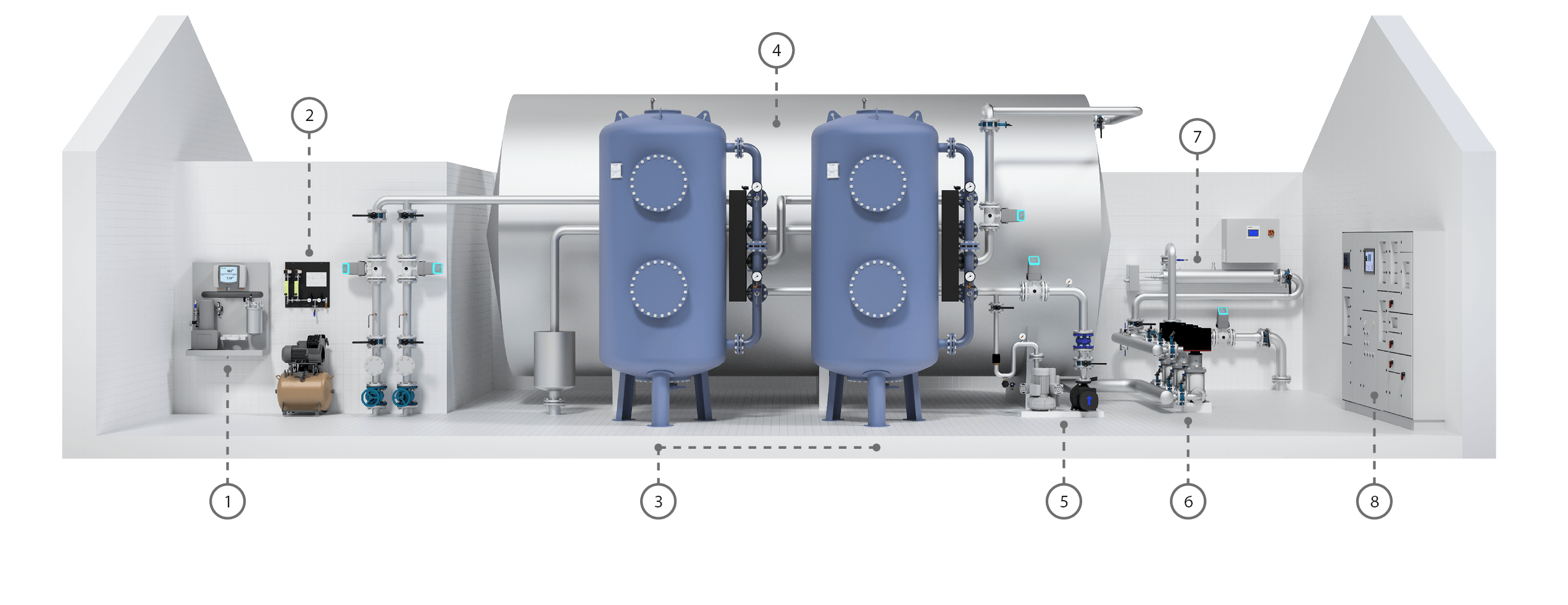
1. Analysator
Analysator voor online metingen van troebelheid, zuurstof en temperatuur. Helpt een betrouwbare werking te behouden en zorgt voor zuiver drinkwater.
2. Beluchtingsapparatuur
De beluchtingsapparatuur bestaat uit een compressorunit en een besturingsluchtsysteem.
3. Drukfilter
Oxidatie en filtratie vinden plaats in een drukfilterinstallatie waar het water wordt belucht om voldoende zuurstof aan het water te leveren, zodat aan de kwaliteitseisen wordt voldaan. Twee drukfilters kunnen functioneren als twee onafhankelijke productielijnen of in serie.
4. Schoon waterreservoir
Na de oxidatie en filtratie wordt het drinkwater opgeslagen in een schoon watertank voordat het aan de consument wordt uitgedeeld.
5. Blower en spoelpomp voor backwash
De stoffen die in het filter worden vastgehouden, worden doormiddel van terugspoeling verwijderd. Periodiek spoelen waarbij de frequentie, intensiteit en duur naar behoefte worden vastgesteld.
6. Distributie
De distributie vindt plaats door middel van een frequentie gestuurde pompinstallatie.
7. UV-desinfectie
UV-desinfectie kan de microbiologische groei in water efficiënt verminderen. Dit zorgt voor veilig en schoon drinkwater.
8. Controle
Het gehele proces wordt gecontroleerd, gereguleerd en centraal gemonitord vanuit een automatisch besturingssysteem (SRO/PLC).
Technologieën die worden gebruikt voor de behandeling van drinkwater
Drinkwaterproductie vereist een aantal technologieën, afhankelijk van de samenstelling van het nog onbehandelde water. We hebben drie van de meest voorkomende technologieën geselecteerd voor de productie van zuiver drinkwater.
UV-desinfectie
Drinkwater van hoge kwaliteit is van vitaal belang en UV-desinfectie is een extra veiligheidsmaatregel om schoon drinkwater te garanderen door het risico op microbiologische verontreiniging te elimineren.
Actief kool
In veel landen wordt drinkwater gedesinfecteerd door toevoeging van chloor. Het is belangrijk dat het chloor verwijdert wordt om schoon drinkwater te garanderen. Actieve kool kan ook worden gebruikt voor het verwijderen van pesticiden die in het grondwater kunnen worden aangetroffen.
Drukfilters
Een Eurowater drukfilter is een veilige en chemicaliën vrije oplossing om schoon drinkwater te bereiken door ijzer, mangaan, ammonium en overige onzuiverheden te verwijderen uit het water.
References
Drinking water treatment
Hoe kunnen we u van dienst zijn?
Ons team van specialisten staat klaar om uw vragen over puur waterbehandelingsoplossingen te beantwoorden.

